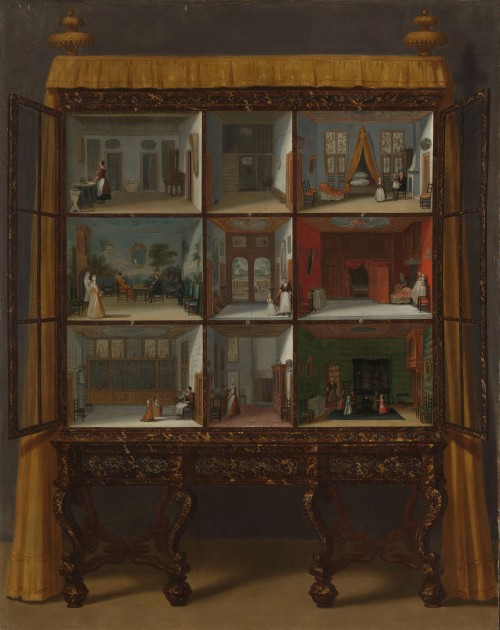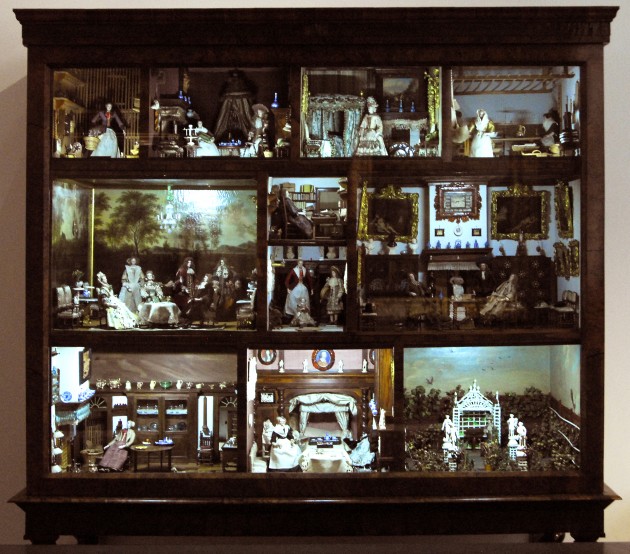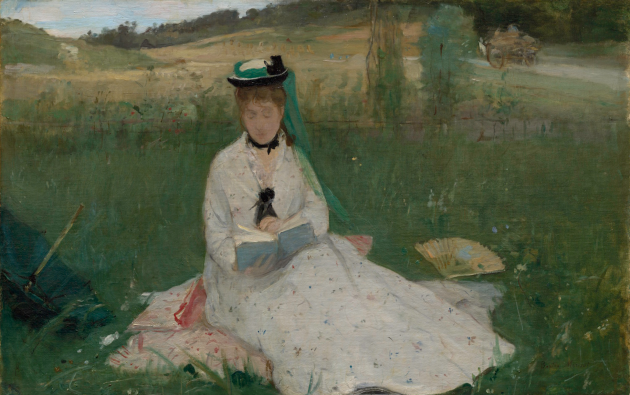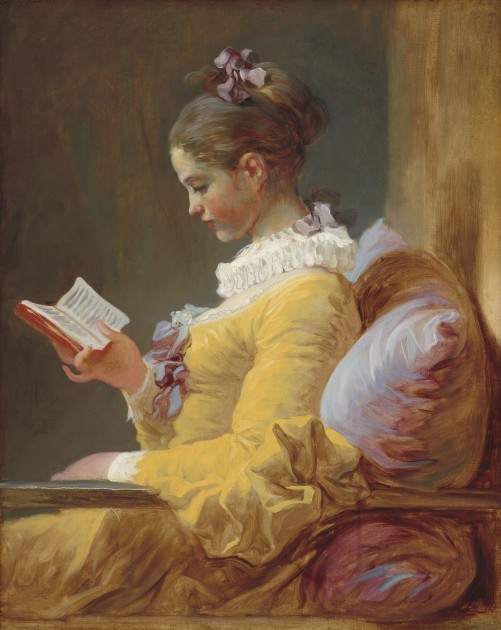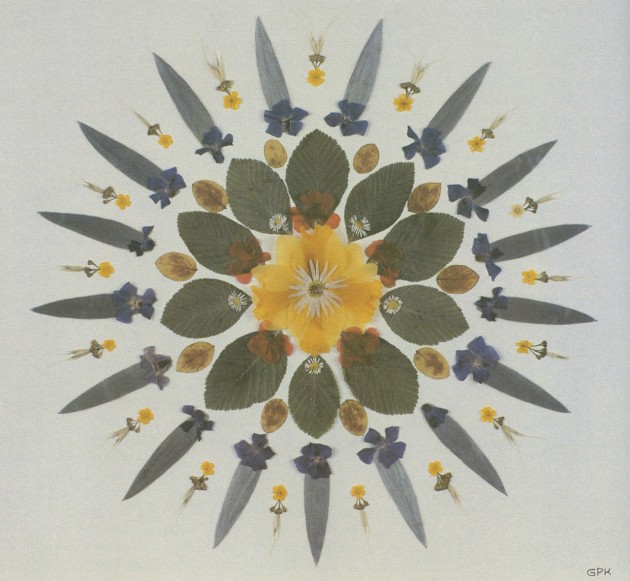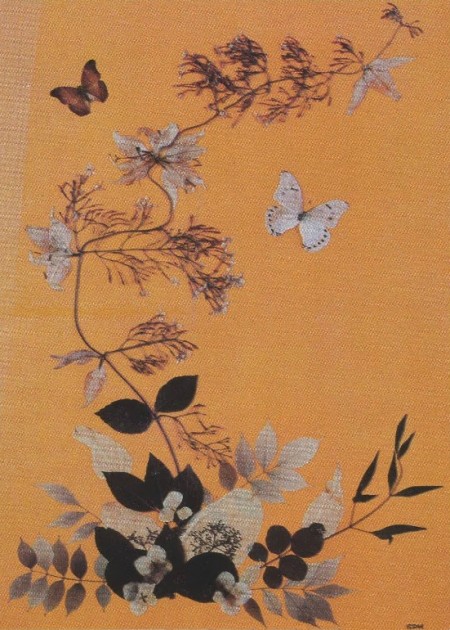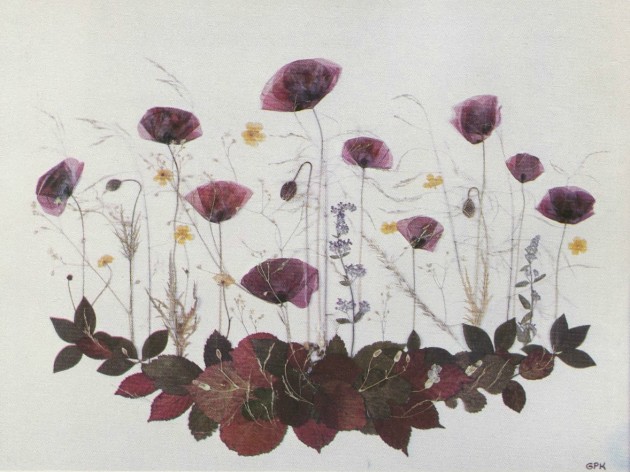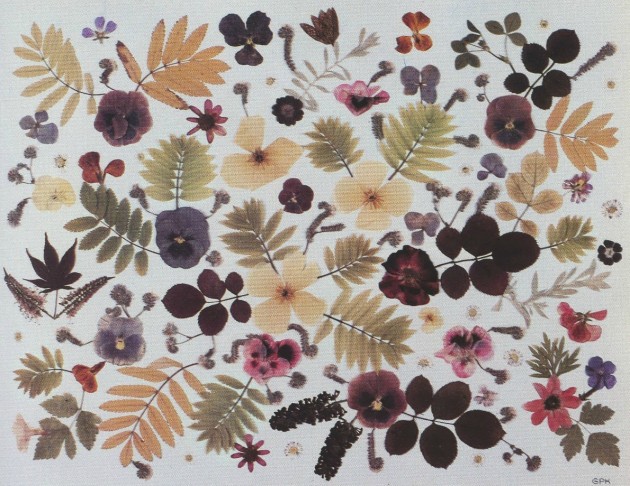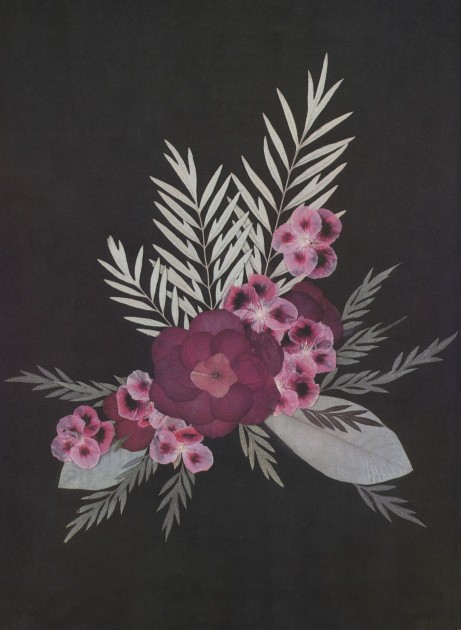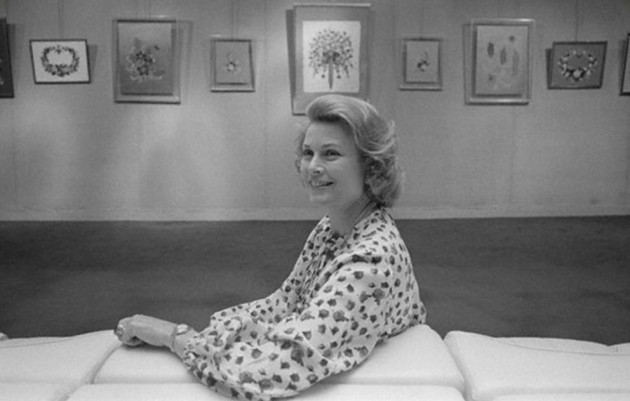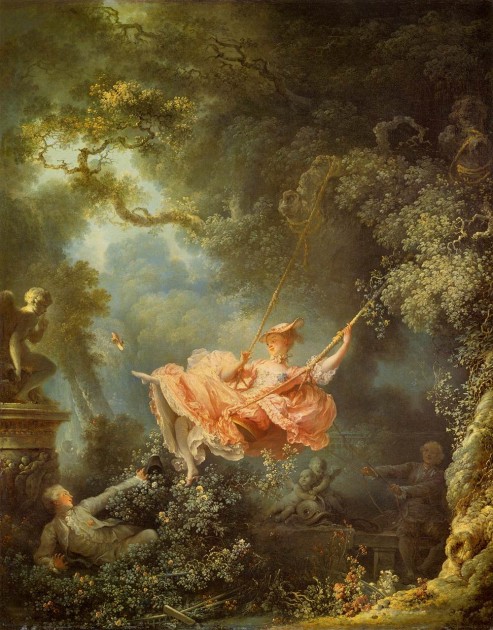
Fragonard, “The Swing,” 1767. Oil on canvas. Wallace Collection
Tonight I am feeling very sheepish. About three or four months ago, a student mentioned to me that Fragonard’s The Swing served as a point of inspiration for “Portrait of a Lady.” I found a copy of Henry James’ novel The Portrait of a Lady a few days later. Now, after reading 660+ pages and finishing the book, I was left rather confused as to what my student meant, so I went online to read some commentary. Only then did I realize that my student was referring to William Carlos Williams’ poem “Portrait of a Lady” and not the Henry James novel! I don’t regret reading lengthy book at all, but I feel less confused and won’t try to dwell on which suitors are courting Isabel Archer (or perhaps Pansy?) in this Fragonard painting anymore!
Instead, the William Carlos Williams poem has very direct references to Rococo art and painters. This is the poem, which was first published in The Dial in 1920:
Your thighs are apple trees
whose blossoms touch the sky.
Which sky? The sky where Watteau hung a lady’s slipper.
Your knees are a southern breeze — or
a gust of snow. Agh! what
sort of a man was Fragonard?
— As if that answered
anything. –Ah, yes. Below
the knees, since the tune drops that way, it is one of those white summer days,
the tall grass of your ankles
flickers upon the shore —
Which shore?
Agh, petals maybe. How
should I know?
Which shore? Which shore?
–the petals from some hidden
apple tree — Which shore?
I said petals from an apple tree.
I’ve been reading commentary, scholarly interpretations, and watching a short lecture segment (though disregard some of the art historical commentary in the video, since it is a bit inaccurate) on this poem, and thinking about how this poem encapsulates the difficulties of poetic words and conventions in terms of expression. The poem seems to show the problems which poets can face, especially since there are two voices which interrupt the flow of the expressive content. There are even other exclamations which disrupt the flow, too: the first “agh!” may have been exclaimed when the speaker realized that he meant to say “Fragonard” instead of “Watteau” when first referencing to the artist of The Swing.1
Given the historical context of his poem and how the disjointed style of the poem is interpreted as a precursor to postmodernism, interesting to me that these two Rococo artists were mentioned. Watteau is the earlier of the two artists, and he really served as a pioneer for the Rococo style. On one hand, Watteau’s art can be interpreted as expressing conflicting emotions and voices (the subject matter of his artistic output is associated with pleasure and sadness, perhaps typified in his comedia dell’art painting Italian Players from 1720), which parallels the disjointed and interrupted conversation of the speakers in the poem.2 Watteau also was a bit of a radical artist for his time, since his “fete galante” paintings of the aristocracy did not fit the conventional requirements for academic history paintings, and this unconventional approach to art mirrors the unconventional form of disjointed expression in Williams’ poem.3
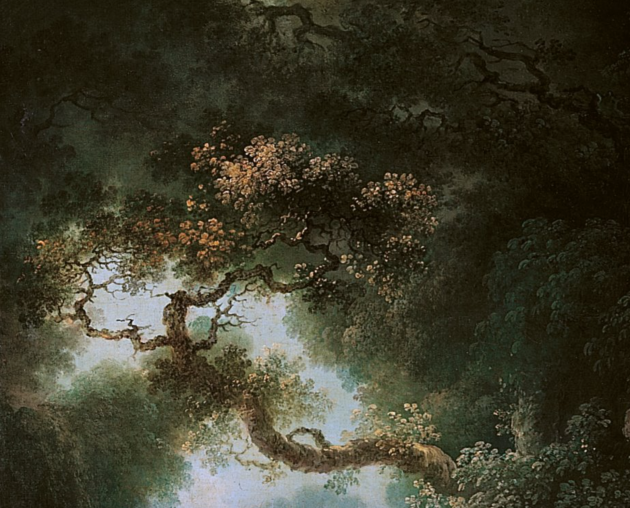
Fragonard, detail of “The Swing,” 1767. Oil on canvas. Wallace Collection
Obviously, Williams was considering the themes like love and eroticism when he made a reference to Fragonard’s The Swing, since a woman is accompanied by two suitors and she kicks off her shoe (and reveals what is underneath her dress) at the suitor who is hidden in the bushes. Fragonard is a later Rococo artist who followed in Watteau’s wake, and I think his socially-accepted painting style and traditional career don’t have the same parallels to the radical style of poetry that Williams used. However, from a compositional standpoint, I like how compositional lines meander through the painting (such as the branch which zig-zags in the upper left corner, see above); these visual lines complement the nonlinear, back-and-forth voices presented in the poem.
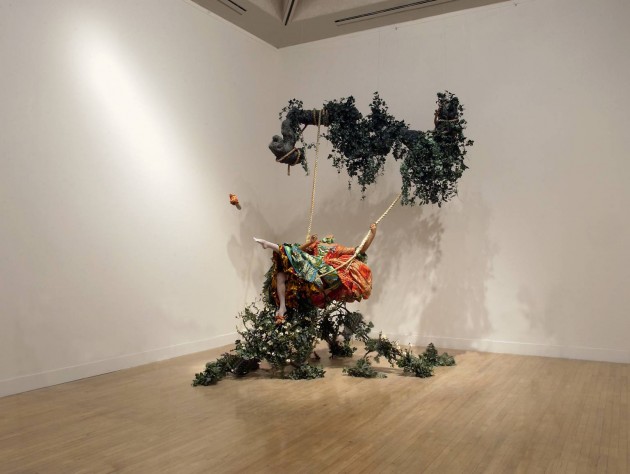
Yinka Shonibare, “The Swing (after Fragonard),” 2001. Tate Modern
Really, I think the best work of art today that encompasses Williams’ poem is Yinka Shinobare’s installation “The Swing (after Fragonard)” from the Tate Modern. Since the Fragonard painting has become iconic, Shinobare’s composition is familiar to the viewer but also strange: the tree lacks a trunk and the principal subject lacks a head. This familiar-and-strange reaction is similar to what is conveyed through Williams’ poem, since the poem attempts to reference the traditional language of poetry (like using a metaphor about an apple tree), but the metaphors are intentionally used in an ineffective way. Since Shinobare intentionally omits aspects of Fragonard’s composition, this disjointed appearance mirrors the disjointed flow of Williams’ poem.
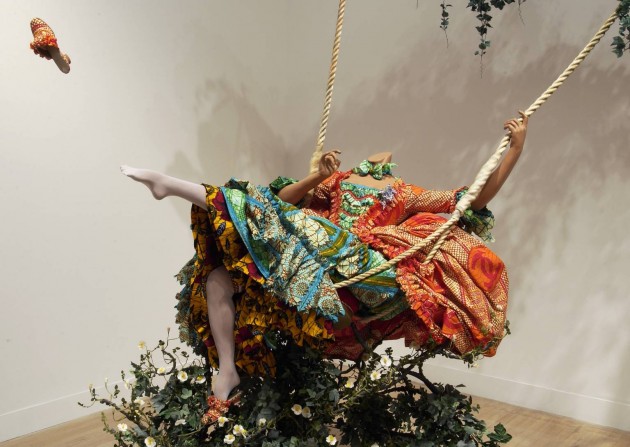
Yinka Shonibare, detail of “The Swing (after Fragonard),” 2001. Tate Modern
The skin of Shinobare’s model is also dark and she wears a print that references African textiles which have a complex global history regarding colonial production and international consumption. These references to the complexities of globalization and visually acknowledging multiple voices seems to be a fitting parallel with how Williams’ poem is seen in relation to postmodernism – a movement which accepts the multiplicities of meanings and perspectives.
Do you see any other parallels between Williams’ poem and either the Fragonard painting or Shinobare’s installation?
